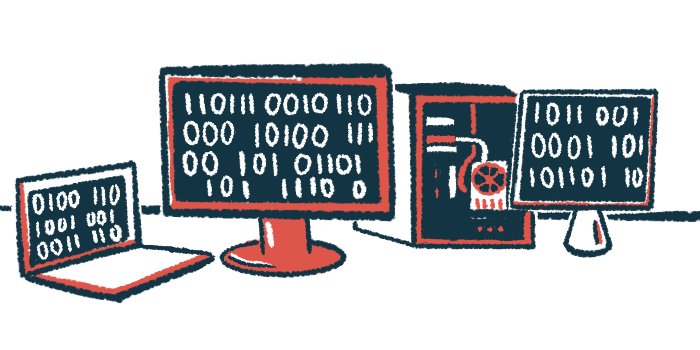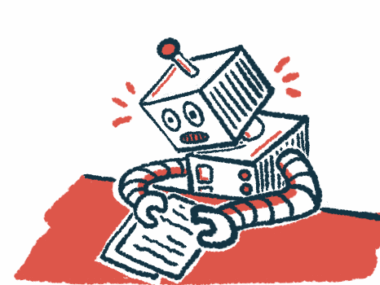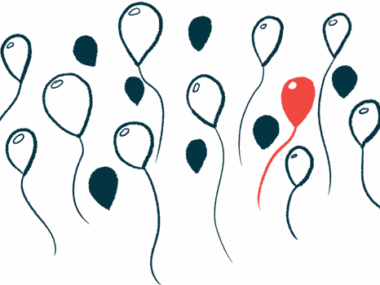AI chatbot aims to improve diagnosis for rare disorders
Oregon State project seen leading to faster results, personalized treatment
Written by |

Researchers at Oregon State University are developing an artificial intelligence (AI) chatbot to help doctors diagnose rare disorders like aromatic l-amino acid decarboxylase (AADC) deficiency.
“In the long term, I’m convinced that AI will have a profound impact on health care,” Stephen Ramsey, PhD, associate professor of computer science at Oregon State, said in a university news story. “It will help us to individualize treatment, accelerate diagnosis, and make diagnosis more accurate and precise. It will also enable us to more rapidly discover and test out new therapeutic approaches.”
There are thousands of rare diseases, and while these conditions are individually rare, collectively they’re common. It’s estimated that between 3% and 6% of the world’s population is living with a rare disease.
Rare diseases are often challenging for doctors to diagnose. Because the diseases are by definition rare, there is often not a lot of data on them, and the information that is available is generally not convenient to find. A doctor who suspects that a patient has a rare disease may spend hours poring over scientific studies looking for data that point to a diagnosis.
“The difficulty with rare disease diagnosis is the information is not curated, making it challenging to access,” said Frank Hodges, a graduate student at Oregon State who’s leading development of the tool.
Free, early version available online
An AI chatbots works by feeding a computer a large amount of information, which the computer sorts using mathematical algorithms to find patterns so it can respond to questions in a manner that mimics human communication. The Oregon State chatbot, which the researchers call Radiant, is being trained on a large number of scientific studies focused on rare diseases. Doctors can ask the chatbot questions, and the AI will respond with a concise answer alongside links to relevant studies.
“So, if a researcher has a question about a rare disease, instead of spending half of the day researching it, they can just pose the question to radiant,” Hodges said in an Oregon State video on the project.
The chatbot’s developers are working to ensure that the AI will provide the best possible accuracy using the most relevant studies, including incorporating newly published research.
“We want to include groundbreaking real-time information,” Hodges said. “So, we’re developing a relevancy ranking mechanism that takes in information, like the source, author, title, and publication date, and gives us a classification we can use to decide if it should be included.”
The scientists have put an early version of the Radiant tool online for anyone to use for free. The team is looking for others to collaborate on developing and refining the tool, created with help from a rare disease expert at the Institute for Systems Biology in Seattle.
“Anyone can be a collaborator,” Hodges said. “Are you passionate about increasing equity in health care? Are you passionate about how AI can revolutionize health care? If the answer is ‘yes’ to either of those questions, then we want to collaborate with you.”






